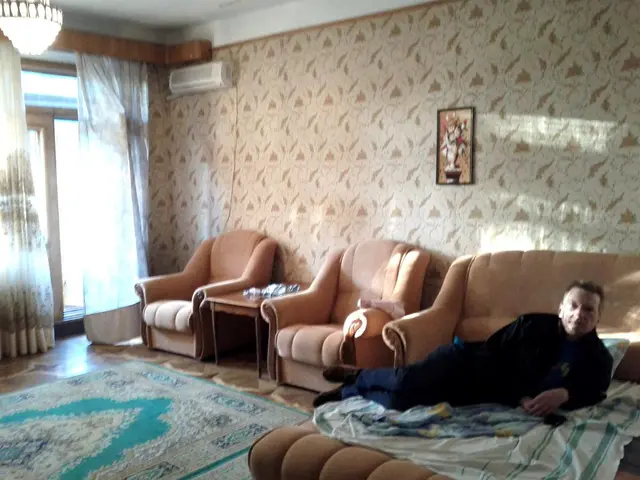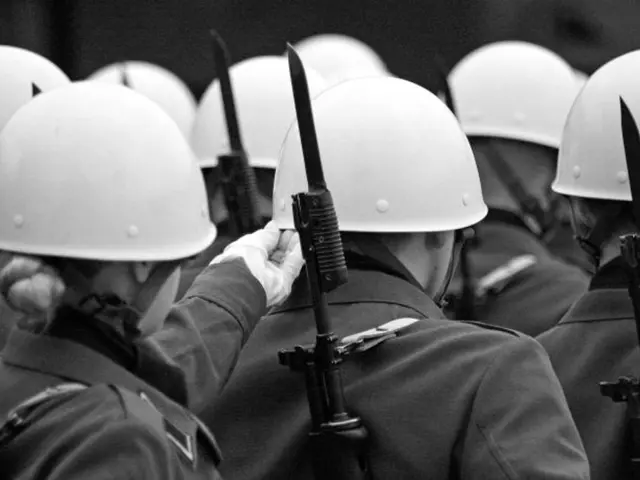Shipyard Meyer may construct four to five battleships annually.
Shipyard GiantConsiders Challenge:Warship Manufacture
In a significant departure from its cruise ship-building roots, Meyer Werft, a prominent shipyard in Papenburg, Germany, is contemplating an entry into the military vessel manufacturing sector.company CEO Ralf Schmitz confirmed that the firm, in collaboration with a strategic consultant, is analyzing its potential role in the "gray area," or the military sector.
The company's current focus on defense is limited to the construction of military supply ships alongside Lürssen shipyard. If the company specialized exclusively in defense, it could hypothetically produce four to five frigates annually, a feat unmatched by any other German shipyard. An advantage to this shift could be the covered docks, shielding the facilities from surveillance by potential enemy drones and satellites.
However, entering the military shipbuilding market would necessitate Meyer Werft to develop or acquire competencies in crucial defense technologies, including radar and weapons systems. Schmitz acknowledged that this process would prove challenging owing to the tight market and stiff competition from established providers.
Recently, the German government and Lower Saxony state stepped in to bail out Meyer Werft from bankruptcy, due to the company's financial struggles in the pandemic-stricken cruise ship market. If successful in the arms trade, Meyer Werft could pivot significantly, positioning itself in a sector that has been seeing significant government investment following the Russian invasion of Ukraine.
As a consequence of Europe's massive military buildup, the EU aims to allocate €800 billion towards defense spending [Source: ntv.de]. Arms group Rheinmetall, buoyed by the rearmament wave, aims to start producing satellites in Germany and seeks to achieve sales of over €40 billion by 2030 [Source: ntv.de]. With the burst of activity in the defense sector, many arms companies are experiencing a shortage of skilled workers and are turning to industries like the automotive sector to meet their demands. Conversely, some firms are establishing their own vocational schools to compensate for the lack of qualified workers.
Meyer Werft, in its strategic analysis, might consider revising their community policy to incorporate vocational training programs, focusing on defense technologies such as radar and weapons systems, to meet the demands of the competitive military industry. The successful entry into the arms trade could potentially secure finance for expanding vocational training in partnership with industries like aerospace and automotive, aligning with the EU's defense spending of €800 billion, as well as the growing business needs of established defense companies like Rheinmetall.







